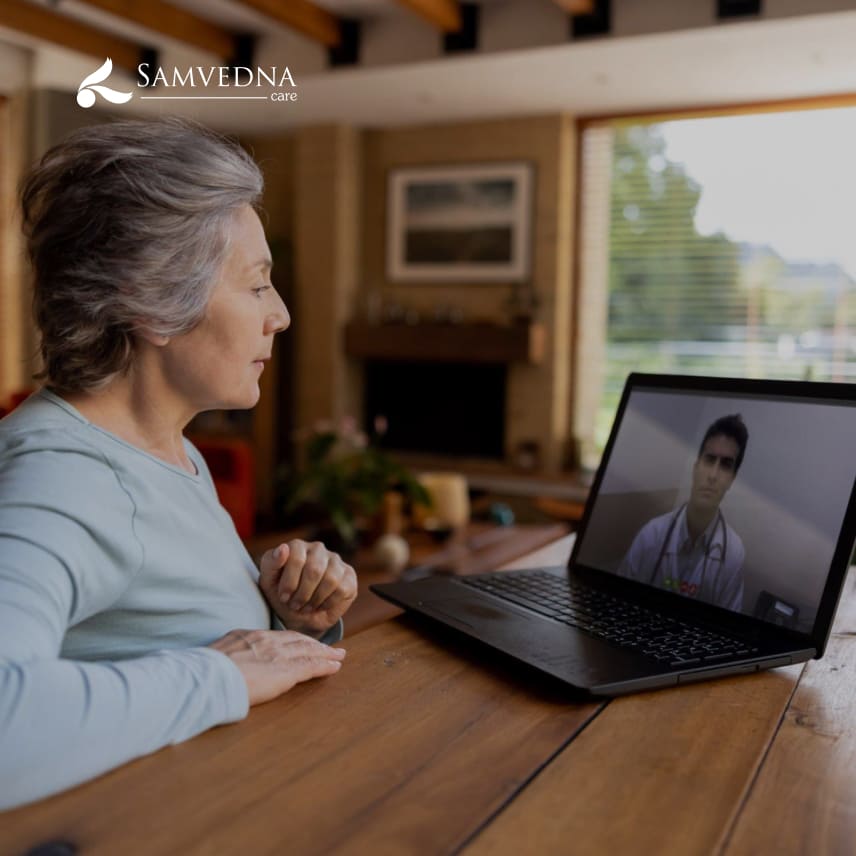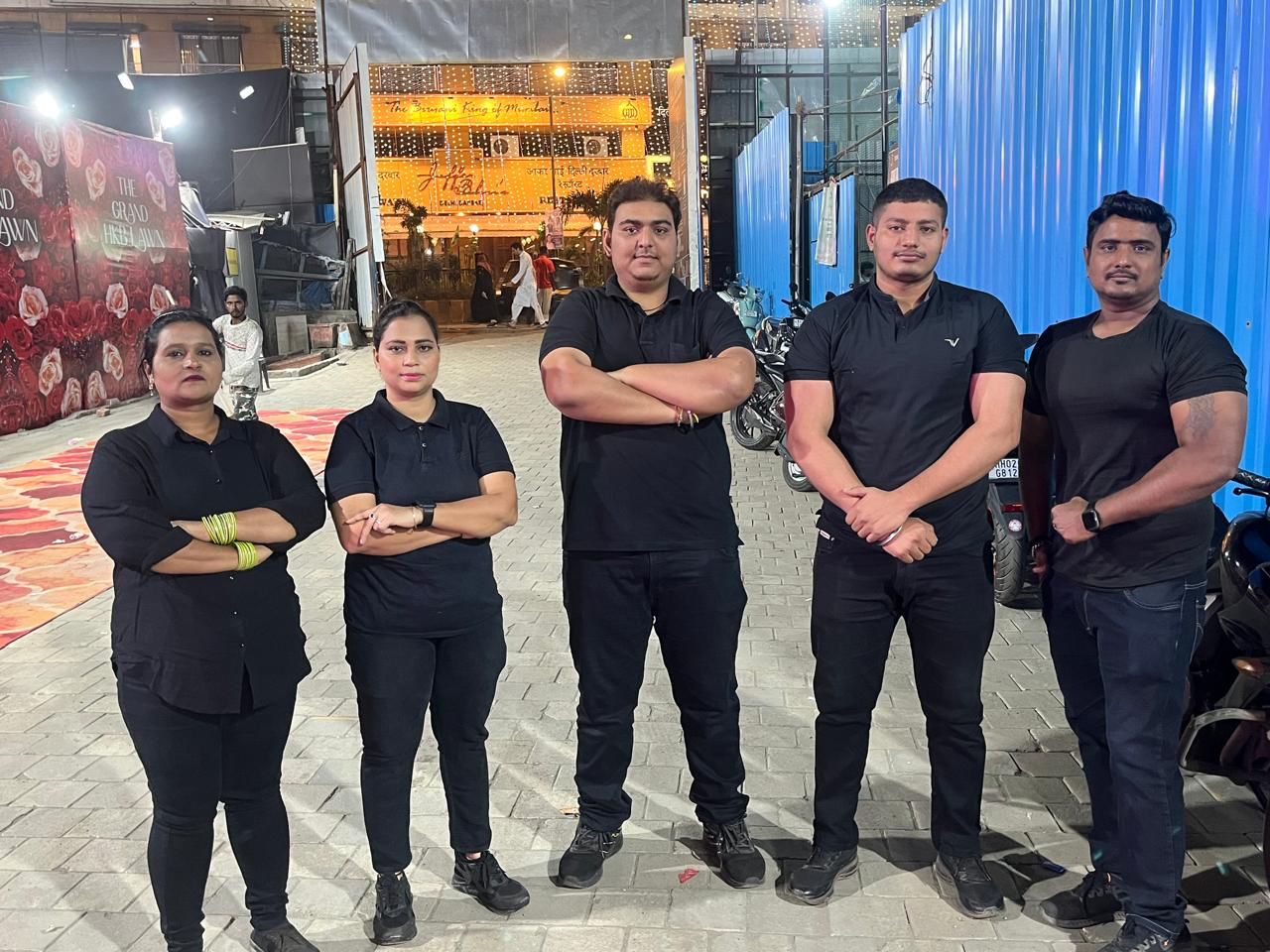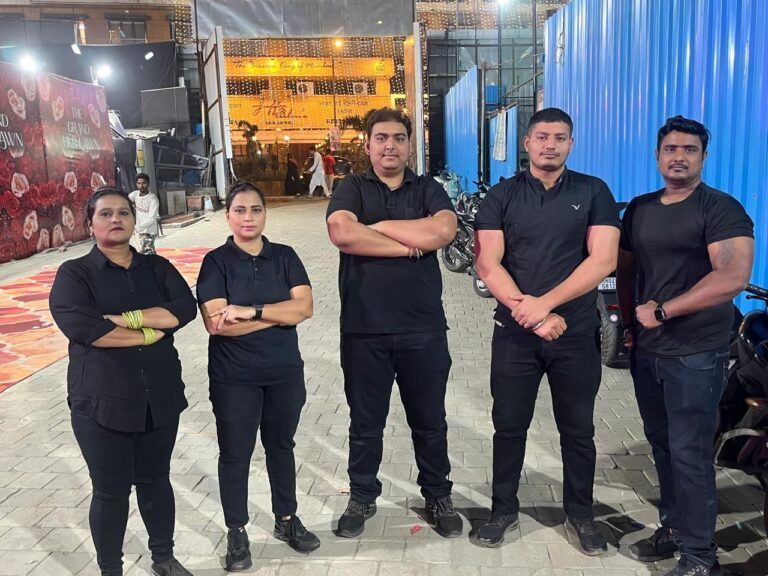Dementia is a progressive condition that affects millions of people worldwide, leading to cognitive decline, memory loss, and changes in behavior. It’s not just the physical and mental challenges that make living with dementia difficult, but also the emotional strain that comes with it. However, there are effective strategies that can help improve the well-being of individuals living with dementia, and one of the most impactful methods is Building strong bonds.
At Samvedna Care, we understand the importance of providing holistic care to those with dementia. Multisensory stimulation is a proven therapeutic approach that engages multiple senses such as sight, sound, touch, smell, and taste to help individuals connect with their environment, trigger memories, and improve their emotional and cognitive health. This approach can significantly enhance the quality of life for people with dementia by offering a therapeutic, engaging, and calming experience.
What Is Multisensory Stimulation?
Multisensory stimulation refers to activities and environments designed to stimulate several of the senses at once. The goal is to engage the person’s sensory system in a way that triggers positive emotions, memories, and physical responses. It can involve simple activities such as listening to music, feeling different textures, or even smelling certain scents.
For people with dementia, multisensory stimulation is particularly important because it can provide a means of communication, even when verbal communication becomes more challenging. By stimulating the senses, individuals are encouraged to interact with their surroundings in ways that are meaningful to them, promoting mental engagement, emotional well-being, and social connection.
Benefits of Multisensory Stimulation for Dementia
Multisensory stimulation offers numerous benefits for people living with dementia, especially as they progress into the later stages of the condition. Here are some key advantages of this approach:
1. Emotional Comfort and Calming Effects
One of the most immediate benefits of multisensory stimulation is its ability to reduce anxiety, agitation, and distress in individuals with dementia. When people with dementia feel overwhelmed or confused, familiar scents, sounds, or tactile sensations can provide a sense of comfort. For example, the soothing scent of lavender or the calming sound of soft classical music can help relax a person, lowering their stress levels and promoting a sense of well-being.
At Samvedna Care, we make use of gentle aromatherapy, calming music, and tactile experiences to create a soothing atmosphere for our residents. This approach can significantly improve emotional stability and offer peace of mind.
2. Cognitive Benefits
Cognitive decline is a hallmark of dementia, and it can lead to confusion, memory loss, and difficulty with daily tasks. Engaging multiple senses through activities like listening to familiar songs or watching nature videos can help stimulate the brain, triggering memories and cognitive recall. For instance, individuals may recall significant moments from their past, such as the names of family members or places they’ve visited, when exposed to sensory stimuli that resonate with their experiences.
Regular multisensory activities at Samvedna Care help residents engage with their surroundings and keep their minds active, even if it’s only for a short period of time. These interactions can slow the progression of cognitive decline and promote mental alertness.
3. Enhanced Social Interaction
Social isolation is another common issue for people with dementia, especially as their condition progresses. They may struggle to initiate or maintain conversations, which can lead to feelings of loneliness and frustration. Multisensory stimulation encourages social interaction by making it easier for individuals to engage with others. Whether it’s participating in group activities like singing along to familiar songs, sharing sensory objects like textured fabrics, or simply enjoying a meal together, multisensory experiences help people with dementia feel more involved in social activities.
At Samvedna Care, we focus on creating a supportive environment where seniors can interact with their peers and caregivers, fostering connections and promoting social well-being.
4. Physical Stimulation
Incorporating movement into multisensory activities is also beneficial for maintaining physical health. Simple movements like gentle stretching, dancing to music, or touching and exploring various textures help individuals with dementia stay active and improve their physical well-being. These activities encourage circulation, improve mobility, and can even help maintain muscle strength.
Physical activities combined with sensory input, such as guided exercises or massages with soothing oils, can improve flexibility, balance, and overall comfort, which are critical aspects of senior care.
5. Behavioral Benefits
As dementia progresses, individuals may exhibit challenging behaviors, such as aggression, wandering, or becoming easily upset. Multisensory stimulation has been shown to reduce these behaviors by creating a calming and engaging environment. For example, certain scents, sounds, or textures can help distract from agitation or prevent restlessness.
Using multisensory approaches, such as offering calming tactile sensations like hand massages or playing soft music, can create a sense of calmness, reducing the frequency of disruptive behaviors and improving the overall atmosphere.
How Samvedna Care Uses Multisensory Stimulation
At Samvedna Care, we offer a variety of multisensory stimulation techniques as part of our comprehensive dementia care program. These activities are tailored to the individual’s needs, preferences, and abilities to ensure a personalized approach that maximizes engagement and comfort.
1. Sensory Rooms
Our sensory rooms are specially designed environments where various stimuli are used to engage the senses in a controlled and therapeutic way. These rooms feature soft lighting, soothing music, tactile objects, and pleasant scents to create a calming and immersive experience. Sensory rooms provide a safe space where individuals can relax, reduce stress, and feel connected to their surroundings.
2. Music Therapy
Music is one of the most powerful tools for stimulating the brain, and we use music therapy as a key part of our care programs. By playing music that is familiar to the individual, such as songs from their youth or their favorite tunes, we encourage memory recall and improve emotional well-being. Music also serves as a great way to create shared moments of joy and engagement during group activities.
3. Aromatherapy
Aromatherapy is a simple yet effective form of multisensory stimulation that uses essential oils and scents to promote relaxation and reduce anxiety. At Samvedna Care, we use calming fragrances like lavender, chamomile, and eucalyptus to soothe our residents and create a comforting environment.
4. Tactile Stimulation
Engaging the sense of touch is another important component of multisensory stimulation. We offer a variety of tactile experiences, such as textured fabrics, soft blankets, stress balls, or sensory boxes filled with different objects. These items help residents feel more connected to their environment and promote relaxation.
5. Visual Stimulation
We use visual stimuli, such as nature videos, colorful artwork, and beautiful imagery, to engage residents. These visual cues are meant to stimulate conversation, bring a sense of calm, and sometimes even trigger memories from the past.
6. Gentle Movement and Exercise
Incorporating gentle movement, such as chair exercises, dancing, or walking, with sensory input helps maintain physical health and encourages participation. These activities not only help with mobility but also offer an opportunity for social interaction and enjoyment.
Conclusion
Multisensory stimulation is a vital part of dementia care, providing individuals with the opportunity to engage with their environment, stimulate memories, and improve their emotional and cognitive health. At Samvedna Care, we offer a variety of multisensory activities and therapies tailored to the unique needs of each resident, ensuring they receive the care and support they deserve.
By combining music, touch, scent, visual cues, and movement, we help seniors with dementia feel more connected to their surroundings, reduce anxiety, and improve their overall quality of life. If you or a loved one is living with dementia, consider how multisensory stimulation can make a positive impact, and reach out to Samvedna Care to learn more about our dementia care programs today.














